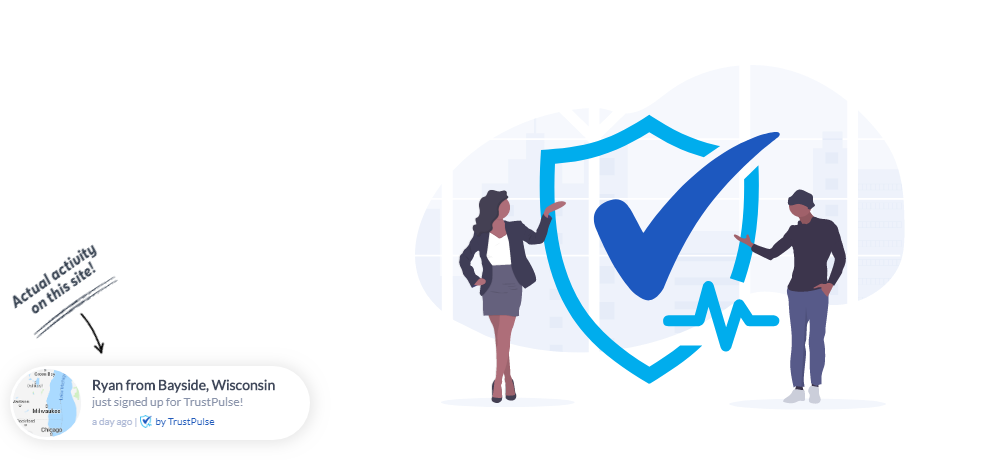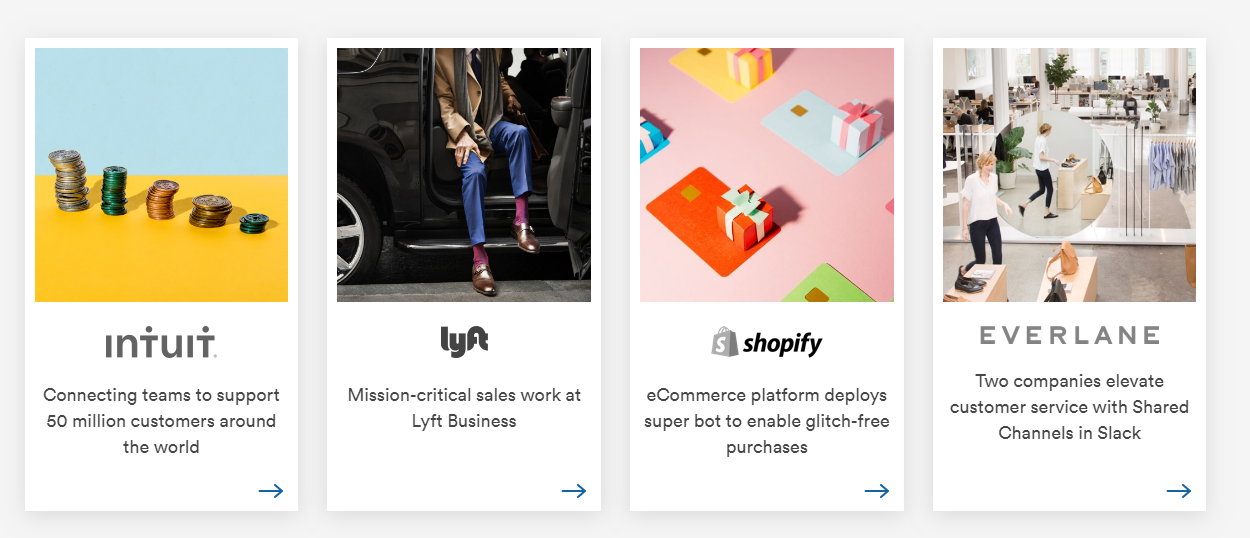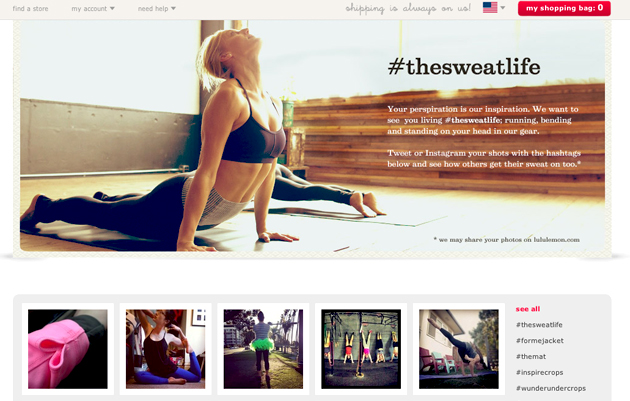Are you looking for a way to drastically boost conversions on your website? Look no further than social proof.
The term social proof describes “a psychological and social phenomenon wherein people copy the actions of others in an attempt to undertake behavior in a given situation”.
For instance, imagine you walk by a new restaurant. This restaurant is filled with diners and there’s a line up of people out the door and down the sidewalk. Typically all of those excited people will make you want to order from the restaurant too. After all, if that many people seem to love their food, it must be good. You can get the same effect by adding social proof to your website.
Social proof is a highly effective tactic to get visitors on your website to take your desired action, whether it’s to sign up for your email marketing list or purchase a product/service.
Ready to boost your conversions? Here’s how to add social proof to your website.
1. Add Customer Testimonials
One of the easiest ways to add social proof to your website is with customer testimonials. There’s no better way to gain more customers than by showing off some of the satisfied customers you already have.
Plus, most shoppers will look at the reviews and testimonials before making a purchase. In fact, according to Nielsen, 70% of consumers trust consumer opinions posted online. So, instead of having consumers search the internet for these reviews, display some glowing reviews prominently on your website.
Take a look at how B-School displays customer testimonials on their website.
Notice how these customer testimonials include the person’s name, photo, and direct quotes. Putting a face to the name can help consumers better connect with the customer testimonial.
Reach out to some of your best customers to ask for a testimonial. Many will be happy to provide one for a chance to get featured on your website.
2. Showcase Site Activity
When a user visits your website, unfortunately they can’t see all of the sales that are happening behind the scenes. Or can they?
Using a tool like TrustPulse, you can display social proof on your website in real-time. Everytime someone purchases your product or signs up for your email list, a small popup will appear in the bottom corner notifying your website visitors of the action.
This not only adds social proof to your website, but it also adds a sense of urgency. When users are browsing your website and trying to make a decision, seeing these real-time stats will push them into action. Plus, according to TrustPulse, you can boost conversions by as much as 15%.
3. Create Case Studies
While customer testimonials are typically a brief statement of the results someone got from using your product or service, case studies go a bit deeper. A case study is usually in the form of a blog post and showcases the customer’s full journey with your company including:
- Who the customer is and what they do
- The customer’s needs and pain points
- The customer’s goals/reason for coming to your business
- Results they got from using your products/services
Your case study should be written about someone your customers can relate to. When they can see themselves in the story, they’ll be more likely to convert.
Also be sure to pick a case study subject that got drastic results from working with your company. Being able to display data such as “Mark got 5,271 new email subscribers” is sure to wow even your most cautious website visitors.
4. Display Logos of Customers or Media Mentions
Another easy way to show social proof on your website is by displaying logos of your most well-known customers or media mentions. If your website visitors see that a company they know and love is a customer of yours or has featured your business on their website, they’ll trust that their choice to go with you is a good decision.
For example, Slack shows off some of their top customers like Intuit, Lyft, Shopify, Everlane, and more on their website.
The logos you display don’t necessarily have to be super well-known either. After all, not every business can call mega companies like Shopify their customer. By just showing that you have worked with legitimate companies before, you can show website visitors that you have experience in the industry.
5. Add User-Generated Content
One of the most popular forms of social proof today is user-generated content. User-generated content is “is any form of content, such as images, videos, text and audio, that have been posted by users on online platforms such as social media”.
User-generated content works so well because your website visitors can see real people using and enjoying your products in real-life. Many consumers don’t trust the word of companies and marketers, so seeing their peers using your product is much more effective.
Here’s how Lululemon displayed user-generated content on their website.
Getting user-generated content is easy too. Simply ask your customers to post photos of themselves using your product on Instagram with a custom hashtag. Many of your customers will be happy to take a photo for you for a chance to be featured on your website or on your social media profiles.
Start Boosting Conversions with Social Proof Today
With these easy tips for adding social proof to your website, you can prove to your website visitors that you have tons of satisfied customers. Not only that but you can convince those window shoppers to become happy customers too. So, start making more money online with social proof.




